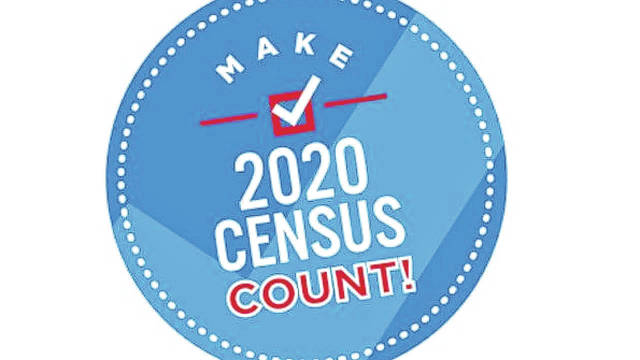In April, the Social Security Trustees issued their annual
report. Their figures and conclusions are based upon last
year’s experience, and do not take into account the effects
of the novel coronavirus pandemic. The report for 2021
will certainly be much worse, because the high unemployment
we are experiencing now must lead to a major drop
in payroll tax revenue. It’s also possible that the pandemic
will cause an increase in disability claims and accelerate
early retirements, increasing the benefit payouts. Finally,
there are serious proposals to suspend payroll taxes for a
period of time, though such proposals usually include a
proviso for a transfer to the Social Security trust fund from
general tax revenue to offset lost collections.
That is all speculative. Here is what we know for certain.
Key findings
Because the American economy was strong in 2019, Social
Security’s reserves increased by $2 billion during the year,
reaching $2.9 trillion. Under the intermediate economic
assumptions, the trust fund will be sufficient to pay full
benefits until 2034. Because disability claims have fallen
sharply since 2010, the disability insurance trust fund
should be sufficient until 2065, which is 13 years later
than last year’s projection. The combined program would
go bust in 2035, at which point payroll taxes would only
be able to cover 79% of promised benefits.
Reserves in Medicare’s hospital insurance fund fell by
$6 billion, to $195 billion at the end of 2019. This fund’s
projected depletion date is 2026.
During 2019, total benefits were paid as follows: $903
billion in Social Security benefits, $322 billion in Medicare’s
hospital insurance, $145 billion in disability payments, and
$463 billion in supplemental medical insurance.
These figures might seem pretty good, but the fact
is that these programs are facing difficult demographic
hurdles. The Centers for Disease Control and Prevention
announced that the year 2019 saw the fewest number of
babies born in the United States in 35 years, just 3.745
million. That is a 1% drop from the year earlier. Except
for 2014, the U.S. birth rate has fallen steadily since 2007.
Accordingly, in their actuarial assumptions the trustees
reduced the expected total fertility from 2.0 to 1.95 births
per woman. That means fewer taxpayers paying into the
system in the future as current workers reach their retirement
age.
At its peak in 2010, the Social Security trust fund was large enough to cover four years of benefits. Now it is less than 3½ years. The downward
slopes in the graph for the years after 2020 is based upon
the current demographics and cost projections, not the
effects of the pandemic. That will only make it worse.
Perspective
The graph also shows that the Social Security trust funds
nearly ran out in 1983. In 1982 it was projected that full
promised benefits would not be payable by July 1983. A
commission was created, headed by Alan Greenspan, to
make recommendations to head off the disaster.
In the spring of 1983, just three months away from
insolvency, those recommendations were turned into a
bipartisan legislative compromise. Key elements included:
• accelerating a previously scheduled tax rate increase;
• phasing in a higher normal retirement age, going
from 65 to 67 (that phase-in is not yet complete);
• requiring government workers to pay into Social
Security; and
• up to one-half of Social Security benefits were made
potentially subject to income tax for higher income
retirees. The thresholds for taxation were not indexed
for inflation, so over time more and more retirees
are making these additional payments to the Social
Security trust funds during their retirement.
The effects of these changes were dramatic, as the
graph shows. Another key change, one not anticipated by
the Greenspan commission, was the boom in women’s
workforce participation in the late 1980s and 1990s. More
women working meant more Social Security taxes collected,
even though the benefit payouts proceeded as projected.
What’s more, there is an underappreciated marriage
penalty built into Social Security benefits for two-earner
couples. Each spouse must choose between his or her own
earned benefit, or the benefits determined by the earnings
record of the other spouse.
On the one hand, given that 1983 rescue plan for Social
Security was achieved with only three months left before
insolvency, one might think that 15 years should be plenty
of time to correct the actuarial imbalances in the current
system. On the other hand, the country was much less
polarized in the 1980s; bipartisanship and compromise
were more regular features on the national political scene.
The 1983 Social Security tax increases followed 1981’s
bipartisan Economic Recovery Tax Act, which had cut
taxes for nearly all Americans. That may well have made
the increases more palatable.
